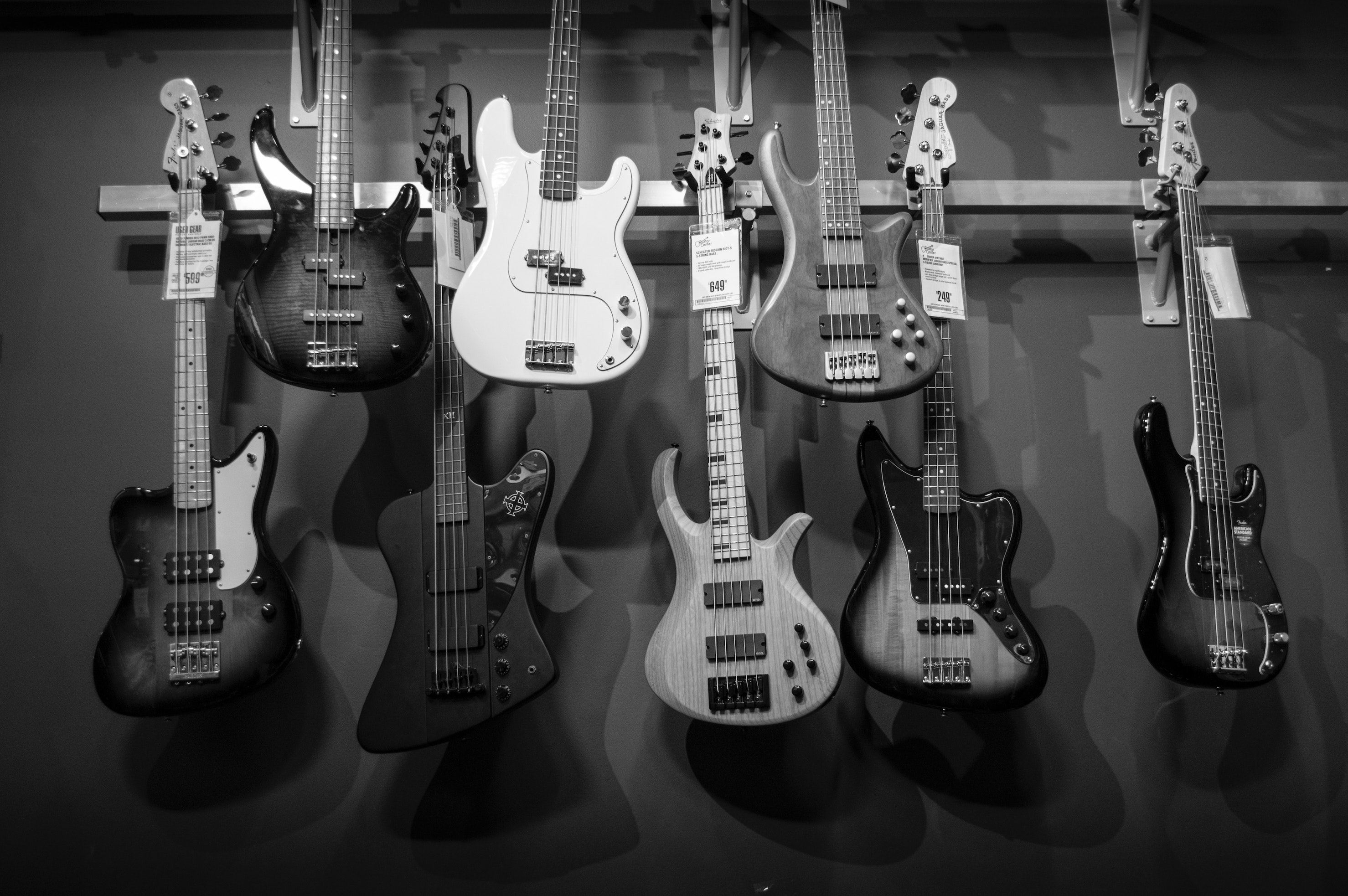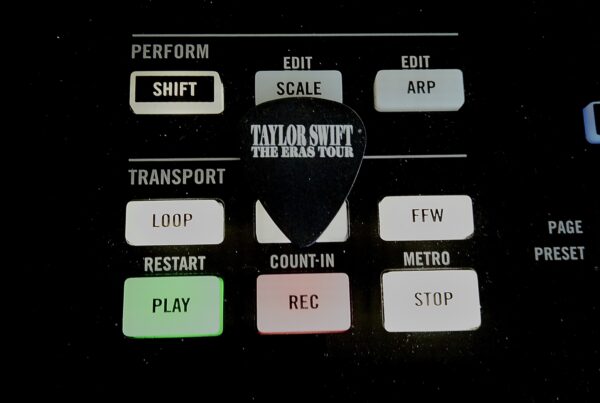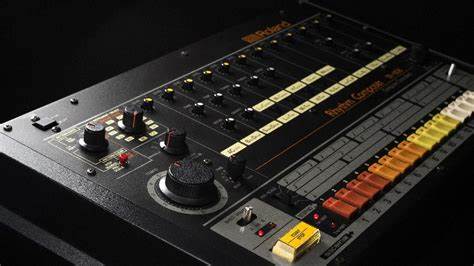First year student Isaac wrote this guitar buying guide as part of the Challenge Week magazine publishing task in November 2020
It can seem like a daunting thing, buying your first guitar. If you don’t know the different types and sounds of different guitars it can feel overwhelming, with the range of guitars in the world growing daily. Lockdown seemed to be a perfect excuse to discover an instrument, to finally assimilate the instrument with all its nuance and treasure into ones crowded life. Covid-19, as devastating as it proved, provided this time of dedication and willingness to learn an instrument, with the guitar sales rising 80% in lockdown, this seemed to be the obvious desirable choice.
As I mentioned before: at first, guitar can be formidable and cumbersome at the best of times, however that is what this is article is for! To take away any trepidation blues, to remove as many questions as possible. In this article I will attempt to give a guitar greenhorn all the information they need.to This is all advice coming from someone who’s made the mistakes, the ones you now don’t have to
Firstly, the basics. You can’t buy a guitar if you don’t know the different types, and further, which of those is suited to best. When you bring everything back to basics, there are four types of guitar, which are split into 2 categories. Note, I won’t be talking about bass guitars as these are a whole different breed.
Category 1 – Acoustic Guitars
You will have heard this said before, acoustic, meaning, not electric. Quieter, often softer in tone, these guitars offer something household friendly, something your neighbours will appreciate and also something incredibly versatile.
Sub-category 1 – Classical/Flamenco guitar
I believe whole heartedly these are the optimum starter guitar. You might have seen those pictures of guitarists calloused fingertips, well the rumours are true, that does happen. My fingers are almost numb to the pain by this point, it took a lot of anguish and suffering to get to this level. You shouldn’t have to endure that pain and be trying to bend your mind around a guitar’s fretboard (the bit where you put your fingers). So, my solution is a classical guitar, for one reason. Nylon strings. Your typical, bog standard, run of the mill classical guitar is readily equipped with nylon strings. They’re plastic-like in feel and warmer to the touch, in comparison to their brother the ‘steel’ string, they’re a pillow to a brick.
Sub-category 2 – Steel Stringed
There are even more sub-categories within this such as Dreadnought, Auditorium, Parlour, Resonator and so on…yet these can all be described as steel stringed guitars. This is probably the acoustic guitar you’re used to hearing on recordings, with a crisp full tone they have a very desirable sound. As a fresh starter these guitars are harder to play, due to their tougher strings paired with a higher action (the distance between the strings and the fretboard), but if you’ve messed around on your classical and it just isn’t giving you the sound you want, this is definitely an option for you.
Category 2 – Electric Guitars
Electric guitars are naturally louder as almost all the time they are amplified (not as much of a neighbour pleaser) They use ‘pickups’, which in Lehman’s terms is a device or ‘transducer’ that captures the vibrations produced by a musical instrument and converts them into an electrical signal which can then be amplified by a loudspeaker or an ‘amp’.
Sub-category 1 – Solid Body
Sub-Category 2 – Hollow Body
These guitars are hollowed out, similar to an acoustic yet minus the sound hole. A hollow body often has ‘f holes’, to let the sound resonate. These guitars were often chosen by lots of early blues and jazz players, but can be used in any style, again, they’re very versatile guitars. Some famous examples are the Gibson ES-335, Rickenbacker 330, Gretsch G5422T.
Some Quick Tips
-
When they say guitar ‘gauge’, they mean how thick the strings are. The number on the pack (e.g., 11’s) refers to the size in thousandths of an inch.
-
Do not be afraid to buy second-hand guitars from your local music shop. I’d perhaps avoid doing this online unless you know exactly what you’re looking for.
-
Make it easy and enjoy it. We live in a very instantaneous world, however guitar takes time, as with any instrument, there’s no shortcuts, so just make it fun, don’t make it a chore or scheduled, and you’ll find yourself improving steadily.
Affordable Beginner Guitars
I’ll now show you some guitars which I think would be great for beginners. They will all be less than £200. There’s a mixture of types of guitar to see what you like the look of.
-
3/4 size
-
Classical guitar
-
£89
Perfect for a beginner as it’s ¾ size, meaning it’s easier and more comfortable to get your hands round. You can also get the full size for only £30 more
-
Full Sized Dreadnought
-
Steel String
-
£139
-
Sunburst finish
-
Full Sized Dreadnought
-
Steel String
-
£154.99
-
All mahogany
-
Full Sized Dreadnought
-
Steel String
-
£189
-
Natural wood
Another leading acoustic guitar brand, Tanglewood, make great affordable guitars. These guitars have particularly great tone and clarity. At just under £200 this is great guitar for the price, and also something that can take you a lot further than just a beginner.
Comes with:
-
Strat
-
Amp
-
Gig bag
-
Cable
-
Picks
-
£189
When you buy an electric guitar, you have to then fork out for cables, an amp, power leads and so on, but not when you get a starter bundle like this. All for £189, which is not only good value, it saves you a lot of inconvenience.
Squire Mini-series Jazzmaster
-
¾ length scale
-
Comes in lovely colours
-
Not many people will have one
This guitar is really fun. It’s part of the fender mini-series, so it’s at a ¾ length scale, again meaning it’s great for beginners, it’s not too pricey and will definitely be worth the money.









